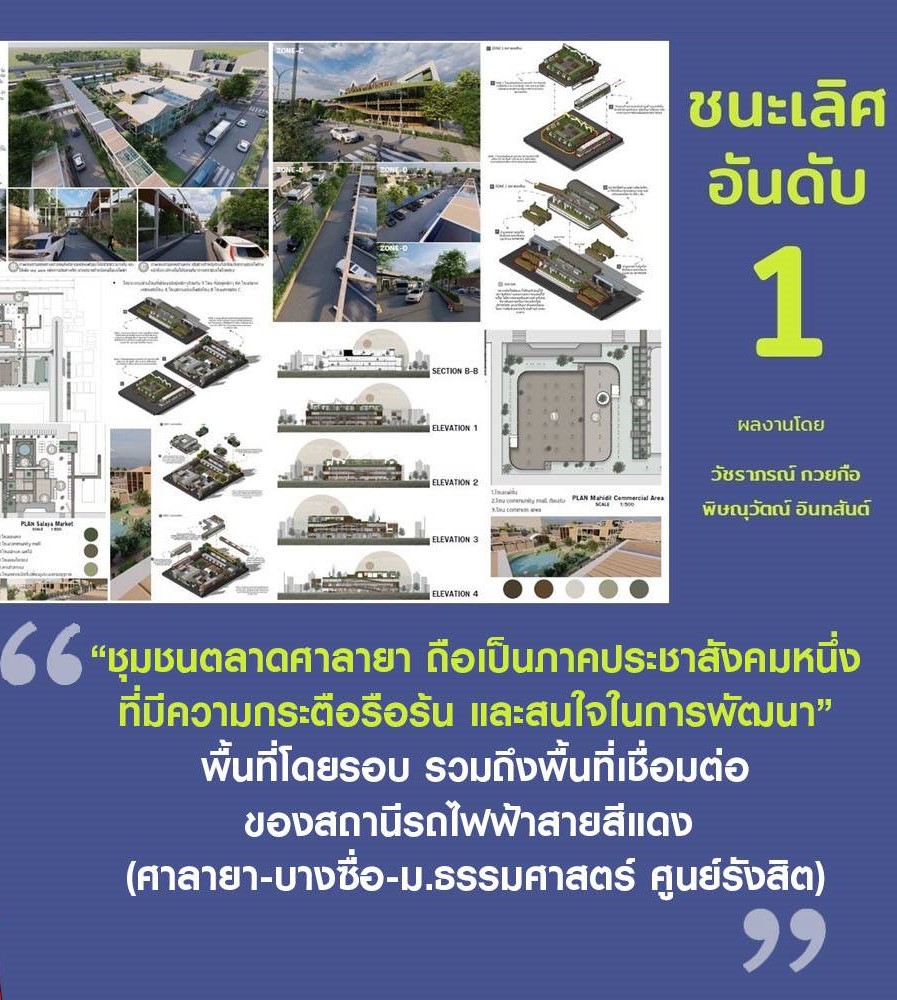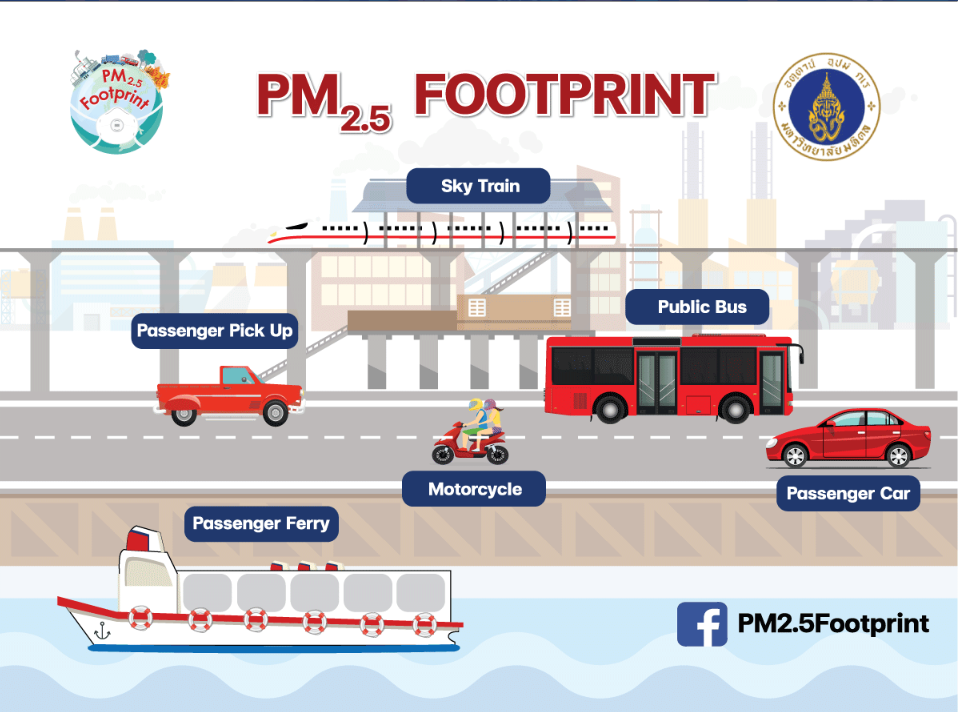24 Jan. 2566
TOD City Development and Sustainable Communities Guidelines
The concept of city and community is developed along with the transportation infrastructure. We focus on the development of areas around public transport stations that are the center of travel connections. The model of city has been determined for maximum benefit to create a quality community that is pleasant to live, attractive for business investment, and encourage to travel by public transport. The concept of TOD city management is to change the expansion of a scattered city to a compact city by using guidelines that will reduce the burden of city growth.
Transport infrastructure is the backbone of urban development and expansion. Transit Oriented Development (TOD) urban development
The concept of city and community is developed along with the transportation infrastructure. We focus on the development of areas around public transport stations that are the center of travel connections. The model of city has been determined for maximum benefit to create a quality community that is pleasant to live, attractive for business investment, and encourage to travel by public transport. The concept of TOD city management is to change the expansion of a scattered city to a compact city by using guidelines that will reduce the burden of city growth.
Transit Oriented Development (TOD) will solve urban problems and benefit communities. The government will have clear and concrete guidelines for managing the city, changing travel behavior from private cars to public transport will help reduce pollution, and providing facilities for walking or cycling will reduce travel by private cars. In addition, the local economy will develop to fit every lifestyle, including residential areas, commercial areas, business areas, and public areas. Utilities are available and accessible to everyone, saving travel costs, reducing energy consumption, and fostering a good environment in the community.



